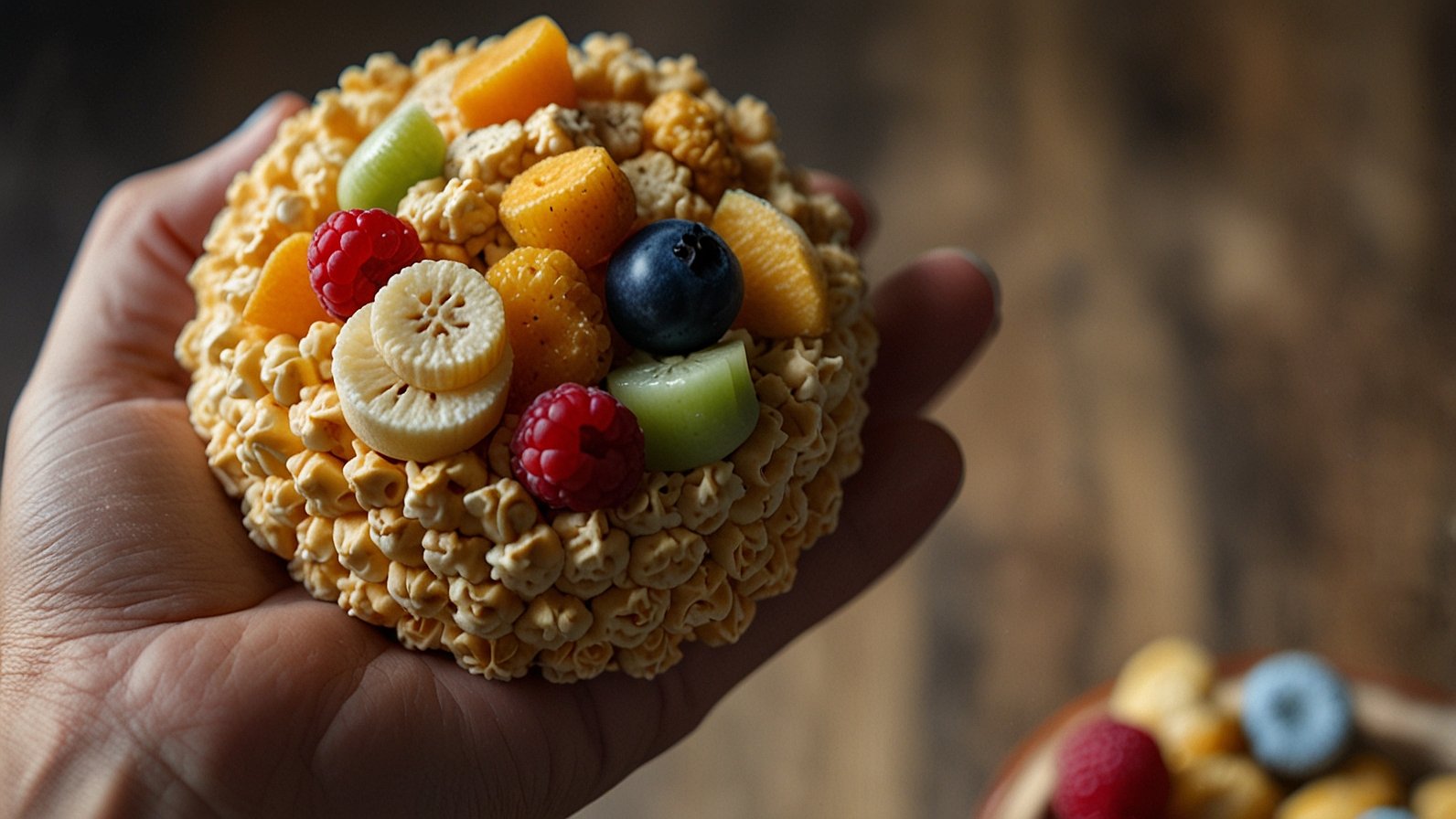Suppose standing on a rugged Mediterranean shore under a moonlit sky. Shadowy figures move silently in small boats, working with the rhythm of the tide. Below the waves, hidden stone labyrinths guide shimmering squid into an ancient trap. This isn’t a scene from myth; it’s Calamariere fishing – a centuries-old practice still alive today. Forget industrial trawlers churning the sea. What if the most sustainable, dramatic way to catch squid relied on hand-built stone structures? Dive into the captivating world of the Calamariere, where tradition, ecology, and culinary heritage meet the tides.
What Exactly is a Calamariere? (Demystifying the Stone Labyrinth)
Think of this: low walls of carefully placed stones rising just above the sandy or rocky seabed in shallow coastal waters. These aren’t random piles; they’re meticulously designed structures, specifically engineered to trap squid (calamari). That’s the essence of a Calamariere.
- The Structure: Think of it as an underwater maze or funnel. Most commonly V-shaped or forming complex pens and channels, they’re often built near natural rocky outcrops or areas with predictable currents. The walls are just high enough to influence the squid’s path without breaking the surface.
- The Ingenuity: The Calamariere doesn’t use bait or active herding during the trap phase. Instead, it brilliantly exploits innate squid behavior:
- Phototaxis: Squid are strongly attracted to light, especially moonlight reflecting off the pale stones.
- Thigmotaxis: They naturally follow lines and structures, like the walls.
- Predator Evasion: Shallow areas near structures offer perceived shelter.
- The Trap: As squid move along the shore, guided by the moon or currents, the stone walls channel them into progressively narrower passages, eventually funnelling them into holding pens. Fishermen then strategically place nets over these pens to harvest them.
It’s passive engineering meeting natural instinct – a stone funnel perfected over generations.
More Than Just Traps: The History and Soul of the Calamariere
These stone labyrinths are far more than fishing tools; they’re profound cultural artifacts. Their origins are deliciously murky, likely stretching back to Phoenician or Roman times, with significant refinement during the medieval period. For centuries, perhaps millennia, knowledge of building and using Calamariere has been passed down orally and practically through generations of coastal families, particularly in places like Western Sicily (Trapani coast, Favignana), Sardinia (Carloforte, Stintino), Croatia, and parts of Greece.
They represent a deep, hard-won understanding of the local marine environment – the specific squid species, their seasonal migrations, the intricate dance of lunar phases (new and full moons are prime time), tidal movements, and even the quirks of local currents. Building a Calamariere wasn’t just stacking rocks; it required reading the sea like a map. This knowledge formed the backbone of communities, defining identities and shaping a unique relationship with the Mediterranean. The fishermen, known locally as calamaroti, weren’t just workers; they were custodians of this ancient maritime heritage. Specific techniques, like the Pepèn method in Sicily, showcase this localized expertise.
Why Calamariere Fishing Still Matters Today (The Enduring Benefits)
In an age of overfishing and ecological concern, the Calamariere isn’t a relic; it’s a beacon of sustainable practice:
- Sustainability Champion:
- Zero Bycatch: Unlike nets trawling the open sea, Calamariere only trap the specific squid species entering the pens. Other marine life swims freely past the low stone walls.
- No Seabed Destruction: The static stone structures sit passively on the bottom, causing no damage unlike dredges or bottom trawls.
- Zero Fuel, Zero Emissions: No engines roar here. It’s entirely passive trapping powered by tides, moon, and squid behavior.
- Supports Artisanal Fisheries: It provides a vital livelihood for small-scale, local fishers, keeping coastal economies alive and promoting ethical seafood sourcing.
- Unmatched Quality: Squid caught this way are prized by chefs and connoisseurs. Why?
- Minimal Stress: They aren’t chased by nets or caught in massive hauls. This results in firmer texture and sweeter flavor.
- Immediate Processing: Harvested squid are often cleaned and prepared right on the nearby shore within hours, ensuring peak freshness you can taste.
- Cultural Preservation: Maintaining Calamariere and the knowledge to use them safeguards irreplaceable cultural heritage and traditional ecological knowledge.
- Tourism & Education: They offer a unique, low-impact attraction for responsible travelers seeking authentic cultural and ecological experiences.
Calamariere vs. Industrial Trawling: A Sustainability Snapshot
| Feature | Calamariere | Industrial Trawling |
| Bycatch | Virtually None | High (unwanted fish, turtles etc.) |
| Seabed Impact | None (static stones) | Severe Damage (dredging) |
| Fuel Use | Zero (passive) | Very High |
| Emissions | Zero | Significant CO2 |
| Squid Quality | Exceptional (low stress, fresh) | Variable (often lower freshness) |
| Scale | Small, Artisanal | Large, Industrial |
How Does Calamariere Fishing Actually Work? (Moon, Tide, and Technique)
Forget casting a line. Calamariere fishing is a timed dance with nature, demanding generational knowledge:
- The Waiting Game (Timing is Everything): Fishermen monitor lunar cycles and tides meticulously. Activity peaks around the new and full moons when squid are most active near shore, guided by the increased light. Specific tidal movements are also crucial.
- The “Raise” (La Calata / La Mena): As the tide turns and squid begin their predictable movement along the shore and into the stone channels, fishermen in small, quiet boats (often traditional wooden gozzi) move into position. They carefully lay large, fine-meshed nets (like a purse seine) over the mouth and holding pens of the Calamariere structure just as the squid mass inside. Timing this net placement perfectly is an art.
- The Harvest (La Pesca): Once the net is secured around the pen, it’s gently raised (“hauled”), concentrating the trapped squid. They are then scooped out using hand nets or small brails.
- Shore Side (Immediate Processing): The catch is rushed to shore. On the beach or nearby tonnara (traditional fishery buildings), the squid are cleaned, sorted, and often prepared or chilled immediately – a key factor in their legendary quality.
As Salvatore, a weathered calamaroto from Favignana, Sicily, might tell you, “It’s not just knowing where the stones are; it’s knowing when the squid will dance with them. That knowledge is written in the moon and felt in the tide.”
Challenges and the Future of the Calamariere
Despite their brilliance, Calamariere face modern threats:
- Coastal Development: Harbors, marinas, and shoreline construction can damage or completely destroy ancient stone structures.
- Pollution: Degraded water quality affects squid populations and their migration patterns.
- Climate Change: Warming seas and shifting currents potentially disrupt the delicate balance of squid behavior and migration timing the practice relies on.
- Industrial Competition: Large-scale trawlers, sometimes operating illegally near coastlines, deplete squid stocks before they reach the Calamariere.
- Declining Practitioners: The hard, specialized work and lower yields compared to industrial methods mean fewer young people are entering the trade, risking the loss of irreplaceable knowledge.
Hope on the Horizon:
Thankfully, recognition is growing. Many Calamariere are now protected as cultural heritage sites. Some fall within Marine Protected Areas (MPAs). Grassroots efforts are crucial:
- Documentation: Ethnographers and marine biologists are working with communities to map structures and record traditional knowledge.
- Revitalization Projects: Cooperatives, like those active in Sicily (e.g., the Consorzio Pescatori delle Egadi) and Sardinia, are restoring damaged Calamariere, promoting the unique “Calamari di Calamariara” label, and educating the public.
- Policy Advocacy: Pushing for stricter regulations against illegal coastal trawling and greater support for artisanal fisheries.
Experiencing the Magic: How You Can Connect with Calamariere Culture
Feel drawn to this ancient practice? Here’s how you can responsibly engage:
- Visit Key Locations:
- Sicily: The epicenter! Explore the Trapani coast, the stunning Egadi Islands (especially Favignana), and Marsala. Look for responsible tour operators offering cultural excursions or respectful viewing opportunities (often during festivals). Never trespass on active fishing areas.
- Sardinia: Visit Carloforte (on San Pietro Island) and Stintino, known for their strong Calamariere traditions and active calamaroti.
- Croatia & Greece: Explore areas like the Dalmatian coast or specific Greek islands known for similar traditional stone trap fisheries.
- Taste the Difference: Seek out “Calamari di Calamariara” or “Calamari da Calamare” on menus or in local fish markets. This label guarantees squid caught using traditional stone trap methods, offering superior flavor and supporting sustainable practices. Ask restaurants about their sourcing!
- Support Sustainable Initiatives: Research and consider supporting NGOs or cooperatives dedicated to marine conservation and preserving cultural fishing heritage in the Mediterranean (e.g., organizations linked to Slow Food’s Ark of Taste, local fishing cooperatives).
- Learn More: Seek out documentaries on traditional Mediterranean fishing, visit local maritime museums (like the Museo del Mare in Favignana or Carloforte), or time your visit with cultural festivals celebrating the sea and local traditions.
The Stone Whisperers’ Legacy
The Calamariere is a testament to human ingenuity working with nature, not against it. It’s sustainable seafood sourcing perfected centuries ago. It’s a direct, tangible link to the soul of Mediterranean coastal communities and their deep understanding of the sea’s rhythms. It delivers squid of unparalleled quality, kissed by the moon and the tide. In a world craving authenticity and sustainability, these ancient stone labyrinths offer profound lessons and a unique, delicious experience.
The next time you savor perfectly tender, sweet grilled calamari, pause for a moment. Could its journey have begun under a moonlit sky, guided by ancient stones? Will you seek out the unique taste of “Calamari di Calamariara” on your next Mediterranean adventure? Perhaps you’ll even feel the call to stand on a Sicilian shore, witnessing this timeless dance between humans, stone, and squid?
Ready to explore?
- Taste Authenticity: Seek the “Calamari di Calamariara” label on menus and markets.
- Plan a Journey: Research responsible tourism experiences around Trapani (Sicily) or Carloforte (Sardinia).
- Support the Guardians: Find NGOs preserving marine heritage in the Med.
- Spread the Word: Share the story of the Calamariere – a beacon of sustainable tradition.
FAQs:
Q: Is Calamariere fishing still used today?
A: Absolutely! While less widespread than historically, artisanal fishers in regions like Western Sicily (Trapani, Favignana) and Sardinia (Carloforte, Stintino) actively use and maintain Calamariere, especially during peak squid seasons aligned with specific moon phases. It’s a living tradition.
Q: How does a Calamariere trap squid without nets or bait?
A: It cleverly exploits natural squid behavior. The key is phototaxis (attraction to light, especially moonlight reflecting on the pale stones) and thigmotaxis (tendency to follow lines/structures). The stone walls create channels guiding squid swimming near shore into holding pens. Nets are only placed over these pens at the crucial moment of harvest.
Q: Why is squid caught this way considered more sustainable?
A: Calamariere fishing has minimal environmental impact: zero seabed destruction (static stones), virtually no bycatch (only targets squid entering the pens), zero fuel consumption (passive trapping), and supports crucial small-scale, low-impact artisanal fisheries vital for local economies and marine health.
Q: Does Calamariere-caught squid taste different?
A: Yes, often noticeably better! The squid experience minimal stress and are processed immediately on shore. This results in exceptionally fresh, firm-textured, and sweet-flavored calamari highly prized by chefs and seafood lovers. Look for the “Calamari di Calamariara” label.
Q: Where are the best places to see a Calamariere or experience this fishing?
A: Focus on Western Sicily (Trapani coast, Egadi Islands like Favignana) and Sardinia (Carloforte, Stintino). Seek responsible tourism operators offering cultural excursions or respectful viewing opportunities, especially during traditional fishing periods or local festivals. Always prioritize respect for the fishermen and their workspaces.
Q: Are Calamariere protected?
A: Increasingly, yes! Many are recognized as important cultural heritage sites. Some fall within Marine Protected Areas (MPAs). Active efforts by communities, cooperatives (like in Favignana or Carloforte), and heritage organizations focus on documenting, preserving, and revitalizing both the physical structures and the traditional knowledge.
Q: Can anyone fish using a Calamariere?
A: No. Effectively using a Calamariere requires deep, generational knowledge of that specific structure, local squid behavior, tides, and moon cycles. It’s a skilled practice passed down within families or fishing communities (calamaroti). Maintaining the stone structures is also labor-intensive and specialized.
You may also like: Antarvafna: Unlock Inner Clarity in a World of Noise



















